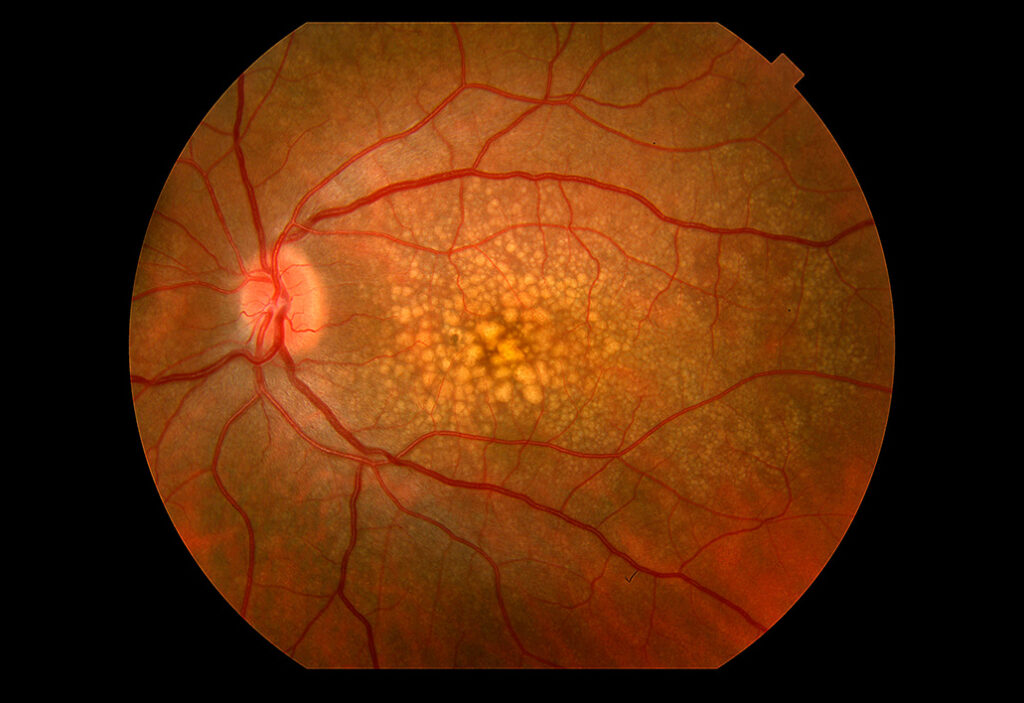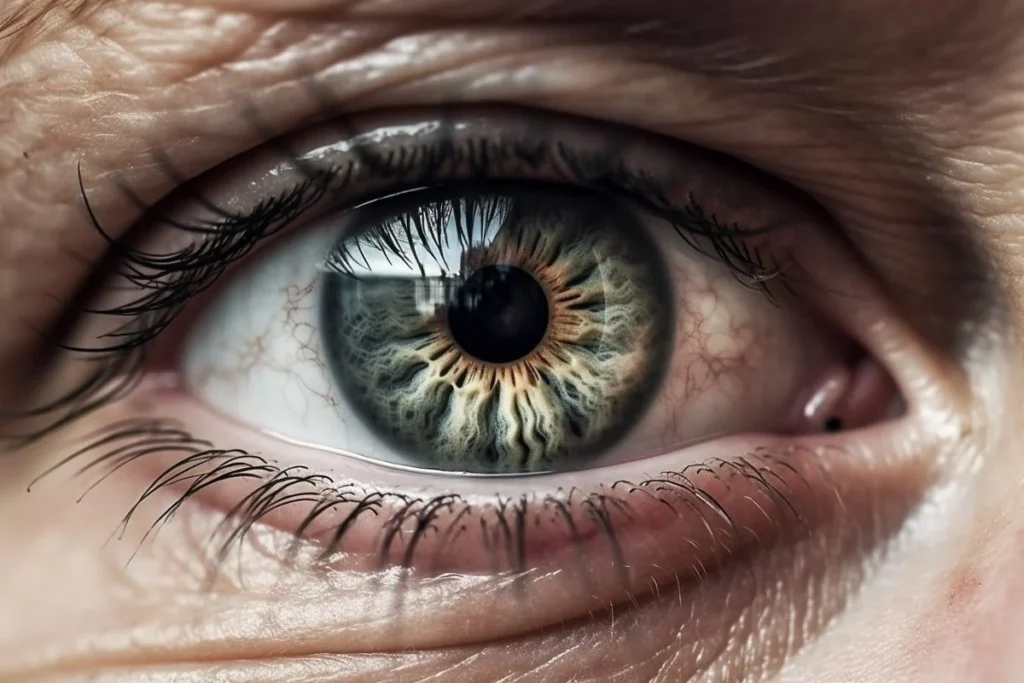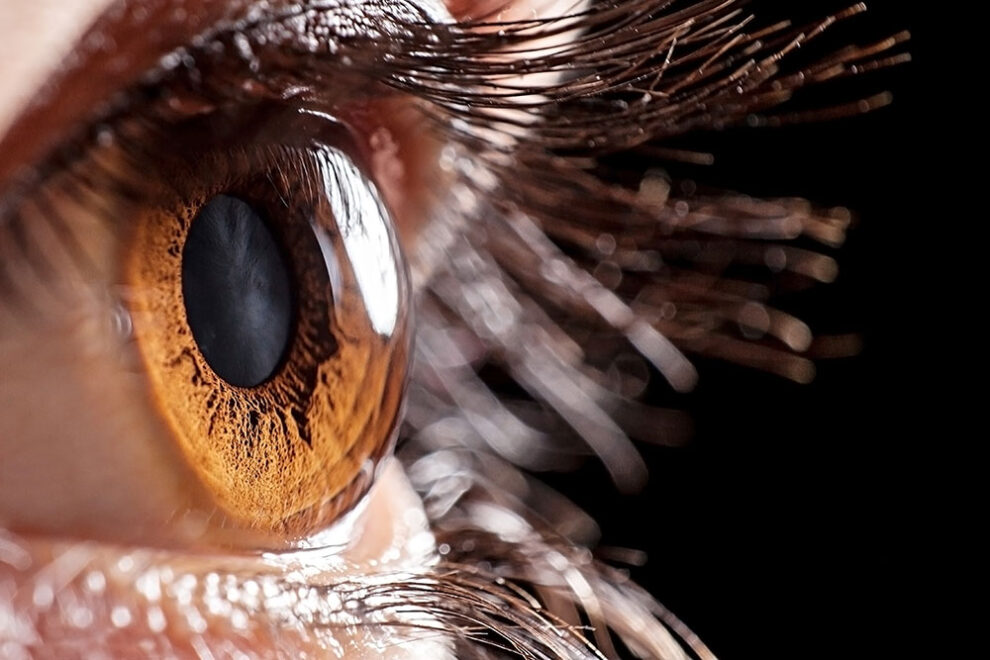Age-related macular degeneration (AMD) is a common eye condition that affects millions of people worldwide. It is a leading cause of vision loss and blindness in older adults. While there is no cure for AMD, retinal treatments play a crucial role in managing and slowing down the progression of the disease. Understanding the nature of AMD, the importance of retinal health, current treatment options, and future perspectives can help individuals make informed decisions about their eye care.
Understanding Age-Related Macular And Retinal Treatments
When it comes to retinal treatments, a multidisciplinary approach is often employed to provide comprehensive care for patients. Ophthalmologists, retina specialists, and optometrists work together to tailor treatment plans to individual needs. This collaborative effort ensures that patients receive the most effective and personalized care possible, leading to better outcomes and quality of life.
Degeneration
Age-related macular degeneration primarily affects the macula, a small but critical part of the retina responsible for sharp central vision. The macula deteriorates over time, leading to blurred or distorted vision. There are two types of AMD: dry AMD, which accounts for about 80% of cases, and wet AMD, which is less common but more severe.
Age-related macular degeneration (AMD) is a progressive eye condition that affects millions of people worldwide, particularly those over the age of 50. The macula is essential for detailed central vision tasks such as reading, driving, and recognizing faces. As AMD advances, it can significantly impact a person’s quality of life and independence.

The Pathophysiology of Age-Related Macular Degeneration
The exact cause of AMD is unknown, but several factors contribute to its development. These include genetic predisposition, aging, smoking, and oxidative stress. In dry AMD, the macula gradually becomes thinner and the light-sensitive cells degenerate. Wet AMD, on the other hand, involves the growth of abnormal blood vessels underneath the macula, leading to leakage and scarring.
Oxidative stress, caused by an imbalance between the production of free radicals and the body’s ability to neutralize them, plays a significant role in the development of AMD. Free radicals can damage cells in the macula, contributing to the degenerative changes seen in the condition. Understanding these underlying mechanisms is crucial in developing effective treatments to slow down or prevent the progression of AMD. Read more about free radicals on https://www.ncbi.nlm.nih.gov/pmc/articles/PMC3614697/
Symptoms and Diagnosis of Age-Related Macular Degeneration
Early stages of AMD often go unnoticed, as there may be no noticeable symptoms. As the disease progresses, individuals may experience blurred or distorted central vision, difficulty recognizing faces, and problems with reading or driving. Regular eye exams, including a comprehensive dilated eye exam, are crucial in diagnosing and monitoring AMD.
It is essential for individuals, especially those over the age of 50, to be aware of the symptoms of AMD and seek prompt medical attention if they experience any changes in their vision. Early detection and intervention can help preserve vision and slow down the progression of the disease. In addition to regular eye exams, maintaining a healthy lifestyle, including a balanced diet rich in antioxidants and regular exercise, can also play a role in reducing the risk of developing AMD.
The Importance of Retinal Health
The retina plays a critical role in vision. It is a thin layer of tissue that lines the back of the eye and contains millions of light-sensitive cells called photoreceptors. These cells capture light and convert it into electrical signals that are sent to the brain, allowing us to see images clearly.
Ensuring the health of the retina is crucial for maintaining optimal vision throughout life. The intricate network of photoreceptors in the retina is responsible for translating light into the visual information that our brain processes. Without a healthy retina, this process can be disrupted, leading to blurred vision, distortions, or even vision loss.
The Function of the Retina in Vision
Retinal health is essential for maintaining good vision. The retina acts as a screen, capturing and processing light to produce clear images. The macula, located at the center of the retina, is responsible for providing sharp, detailed vision required for activities such as reading, driving, and recognizing faces.
Moreover, the retina not only captures light but also plays a crucial role in color perception. Specialized cells in the retina called cones are responsible for detecting different colors and allowing us to see the vibrant world around us. Maintaining the health of these color-sensitive cells is vital for experiencing the full spectrum of colors in our environment.
How Age Affects Retinal Health
As we age, certain changes occur in the retina that can impact vision. The macula may start to deteriorate, leading to the development of AMD. Additionally, the retinal blood vessels may become less efficient in delivering oxygen and nutrients to the retina, further compromising its health.
It is important to be proactive in preserving retinal health as we age. Regular eye exams, a healthy diet rich in nutrients that support eye health, and lifestyle choices such as avoiding smoking can all contribute to maintaining the integrity of the retina and supporting clear vision well into the golden years.
Current Retinal Treatments for Age-Related Macular Degeneration
While there is no cure for AMD, several retinal treatments have shown promising results in managing the condition and slowing down its progression. These treatments aim to preserve the remaining vision and improve quality of life for individuals with AMD.
Age-Related Macular Degeneration (AMD) is a leading cause of vision loss in people over the age of 50. The condition affects the macula, the central part of the retina responsible for sharp, central vision. There are two forms of AMD: dry AMD, which progresses slowly and accounts for the majority of cases, and wet AMD, which is characterized by the growth of abnormal blood vessels under the retina.
Intravitreal Injections
Intravitreal injections, also known as anti-VEGF therapy, are a commonly used treatment for wet AMD. Medications are injected directly into the eye to inhibit the growth of abnormal blood vessels and reduce leakage. Intravitreal injections have revolutionized the management of wet AMD, preventing further vision loss in many patients. Learn more about Intravitreal Injections on https://test-eye.com/exploring-intravitreal-injections-a-common-retinal-treatment-approach/
Anti-VEGF therapy works by targeting vascular endothelial growth factor (VEGF), a protein that promotes the growth of new blood vessels. By blocking VEGF, the treatment helps reduce the formation of leaky blood vessels in the retina, ultimately preserving vision and preventing severe vision loss.
Laser Therapy
Laser therapy, although less commonly used today, is still an effective treatment for specific cases of AMD. It involves using laser energy to seal leaking blood vessels or destroy abnormal ones. Laser therapy can help stabilize the condition and prevent further vision deterioration.
During laser therapy for AMD, a focused beam of light is used to target and treat the abnormal blood vessels in the retina. The heat from the laser seals off the leaking vessels or destroys the overgrown ones, reducing the risk of bleeding and further damage to the macula. Click here to learn more about macula.

Photodynamic Therapy
Photodynamic therapy (PDT) is another treatment option for wet AMD. It involves the injection of a light-activated drug into the bloodstream, which then selectively damages abnormal blood vessels when exposed to laser light. PDT has shown success in slowing down vision loss and reducing the need for further treatments.
During PDT, a photosensitive drug is injected into the patient’s arm and allowed to circulate through the bloodstream. The drug accumulates in the abnormal blood vessels in the eye. A non-thermal laser is then used to activate the drug, causing it to produce a chemical reaction that damages the targeted blood vessels while minimizing harm to surrounding healthy tissue.
The Effectiveness of Retinal Treatments
Retinal treatments have proven to be effective in managing AMD, improving visual outcomes, and stabilizing the condition. However, success rates and potential side effects can vary among different treatment options. It is important for individuals to understand the benefits and risks associated with each treatment.
Success Rates of Different Treatments
Intravitreal injections, particularly anti-VEGF therapy, have shown high success rates in preserving vision and preventing further vision loss in patients with wet AMD. These injections work by targeting specific proteins that contribute to abnormal blood vessel growth in the retina, thereby halting disease progression. Laser therapy and photodynamic therapy have also demonstrated positive outcomes, although they may be more suitable for specific cases or in combination with other treatments.
Furthermore, advancements in retinal imaging technologies have revolutionized the way eye care professionals diagnose and monitor retinal conditions. Optical coherence tomography (OCT) and fundus photography allow for detailed visualization of the retina, enabling early detection of disease progression and more precise treatment monitoring. These non-invasive imaging techniques play a crucial role in optimizing treatment outcomes and enhancing patient care.
Potential Side Effects and Risks
While retinal treatments can be highly beneficial, they also carry certain risks. Intravitreal injections may cause temporary discomfort, infection, or elevated eye pressure. Close monitoring by healthcare providers is essential to promptly address any adverse effects and ensure the safety of the patient. Laser therapy can lead to scarring or damage to surrounding healthy tissue if not performed with precision and expertise. Photodynamic therapy may cause temporary sensitivity to light or skin photosensitivity, highlighting the importance of post-treatment precautions and follow-up care.
Future Perspectives in Retinal Treatments
Continuous advancements in medical research and technology provide promising possibilities for the future of retinal treatments in AMD. These advancements aim to further improve treatment outcomes, reduce potential risks, and explore innovative approaches in managing the disease.
Advances in Drug Development
Ongoing research is focused on developing new drugs and treatment strategies to enhance the effectiveness of retinal treatments. Scientists are exploring medications that target specific proteins and cellular pathways involved in the development and progression of AMD. These advancements may offer more personalized treatment options in the future.
One exciting area of drug development is the use of anti-angiogenic agents, which work by inhibiting the growth of abnormal blood vessels in the retina. These agents have shown promising results in clinical trials, with some patients experiencing improved vision and reduced disease progression. Researchers are also investigating the potential of neuroprotective agents, which aim to prevent further damage to the retinal cells and preserve vision.
The Promise of Gene Therapy and Stem Cell Research
Gene therapy and stem cell research hold great potential for treating retinal degenerative diseases, including AMD. These approaches aim to repair or replace damaged cells, ultimately restoring vision. While still in the early stages of development, ongoing studies are showing promising results and raising hope for the future of retinal treatments.
In gene therapy, scientists are exploring the use of viral vectors to deliver therapeutic genes directly to the retina. By introducing healthy genes into the retinal cells, researchers hope to correct genetic mutations that contribute to AMD. This innovative approach has shown encouraging results in preclinical studies and is now being tested in early-stage clinical trials.
Stem cell research offers another avenue for potential treatment. Scientists are investigating the use of pluripotent stem cells, which have the ability to differentiate into various cell types, including retinal cells. By transplanting these cells into the retina, researchers aim to replace damaged cells and restore visual function. While challenges remain, such as ensuring the safety and long-term effectiveness of stem cell-based therapies, the progress made so far is promising.
In conclusion, retinal treatments play a vital role in the management of age-related macular degeneration (AMD) by preserving vision and slowing down the progression of the disease. Understanding the nature of AMD, maintaining good retinal health, and staying informed about current and future treatment options are essential in providing the best care for individuals with AMD. With ongoing research and advancements in medical science, the outlook for retinal treatments in AMD continues to improve, offering hope for a brighter future for those affected by this debilitating disease.

